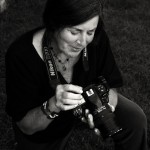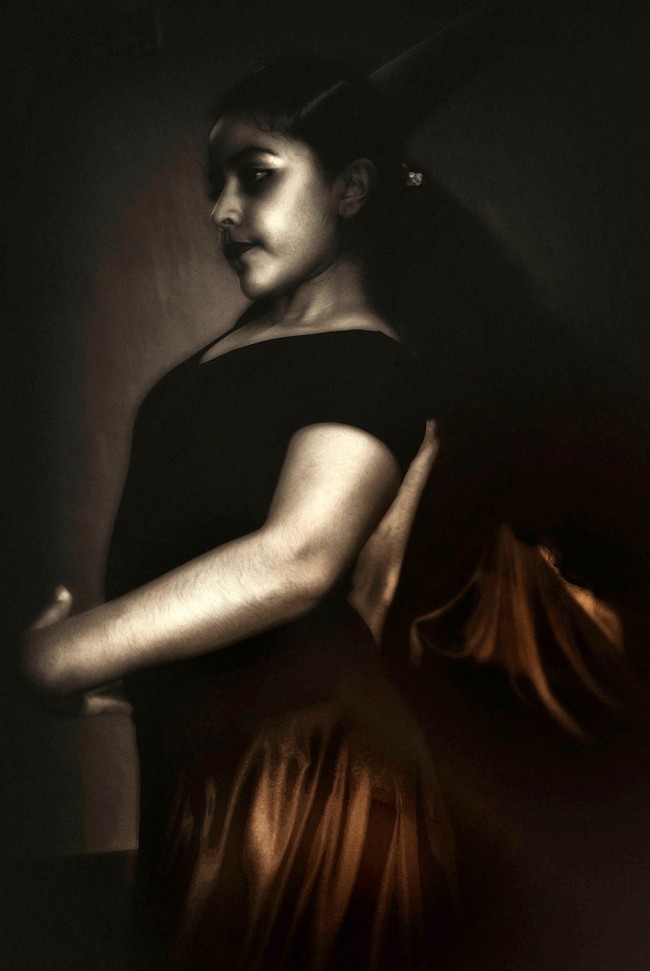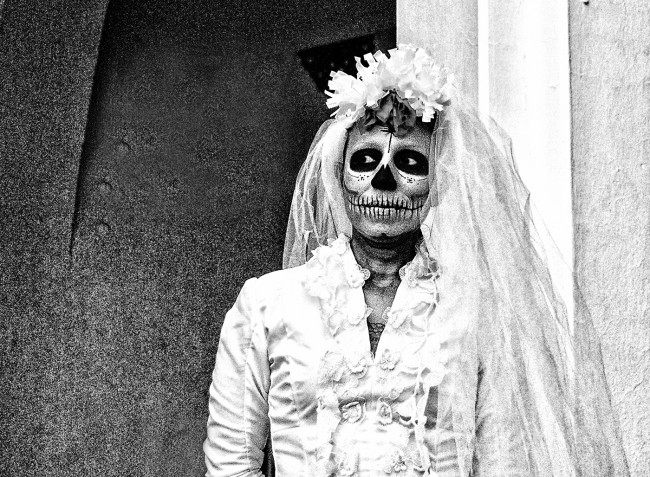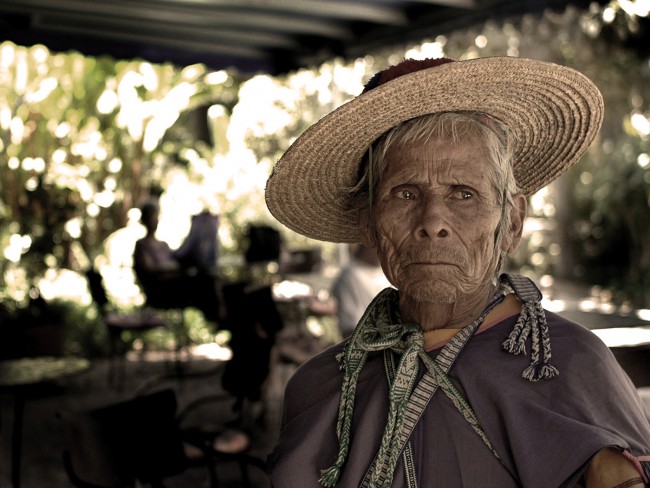My Dad taught me how to draw when I was 5 years old and I took lessons at the children’s art school at the Art Institute of Chicago. I never felt that I could be a good artist, but when I started photographing, I decided that I could be an excellent photographer. I looked at hundreds of photo books, magazines and exhibits. I think studying other people’s work helps you decide what is a good photograph and what is not and what kind of photographer you want to be.
The first few years I went everywhere with my camera. I was learning what works, what doesn’t, what makes a good photo, what doesn’t. I remember the first time I tried to shoot in black and white. Quelle horreur! I figured out soon enough you needed to learn to SEE in black and white and to focus on form and structure and to assess the intensity of the color that you are translating into black & white.
I started taking classes at the Evanston Art Centre, near Chicago, and spent 5 years honing my darkroom skills. All of us in Advanced Printing Techniques took the same class over and over because we got free darkroom time if we took a class. Most of us by that time were starting to show in galleries and entering contests and I was accepted into several quality gallery shows.
However, I didn’t feel very inspired by an urban landscape. Thus, when I was on vacation (to Mexico and Peru) I would take enough photos to keep me busy in the dark room for a year until it was vacation time again. When I was downsided out of my job, I moved to the Ajijic/Lake Chapala, Mexico area where I had visited and made some friends. I had plenty of inspirations the first few years, but then, how many times can you photograph Huichol Indians and colorful doors? After awhile it becomes necessary to narrow your field of photography and come up with photos that are not ordinary nor clichéd images.
After a while darkroom supplies were difficult to get, so I experimented hand coloring my own black & white prints using fanciful colors. This became the basis of my first few years in digital photography. I was dazzled by color, partly because Mexico is so colorful and the Mexicans use color so well in their arts & crafts, but also because, after having done only black & white, color became something new to explore and work with. But now, I think I have sated my desire for color and am back to my “roots” so to speak and am again engrossed in making digital black and white photos.
Photo Credits
All Photographs Are © Jill Flyer
Jill Flyer Photographer Bio

I studied B&W photography for many years, experimenting with advanced printing techniques in a traditional dark room & was successful in exhibiting in galleries in the U.S. & Mexico. I moved to Mexico in 2003, making a long time avocation into a profession. I switched to digital in 2007 & find it challenging, with all the myriad manipulations possible. But, I believe that lessons learned in making B & W images (form & structure & intensity of tones) can also produce better color photos.
I offer photography workshops and excursions for both professional and amateur photographers, as well as non photographers, to Guadalajara’s historic areas and several small towns and villages surrounding Lake Chapala. Visit THIS LINK for complete information.
Blog / Website: Mexploration
Follow Jill Flyer on: Facebook | Linkedin






felicidades y mucho exito en tu nuevo proyecto. la mejor fotografa de el lago. tu amigo eduardo s.
Great article. Congratulations on your success.
Barbara
Hi Barbara!
Nice to hear from you again. And thanks for taking the time to write.
By the way, would you consider putting some blurb about me in your newsletter, possibly about my tours? Or perhaps putting a link to the article that just ran in Life as a Human?
I do get to Vallarta now and then with Andrea, and had wanted to stop by and see you, but the times that I am around the old section of town, everything has been closed.
At any rate, I hope to see you sometime. And thanks again.
Jill